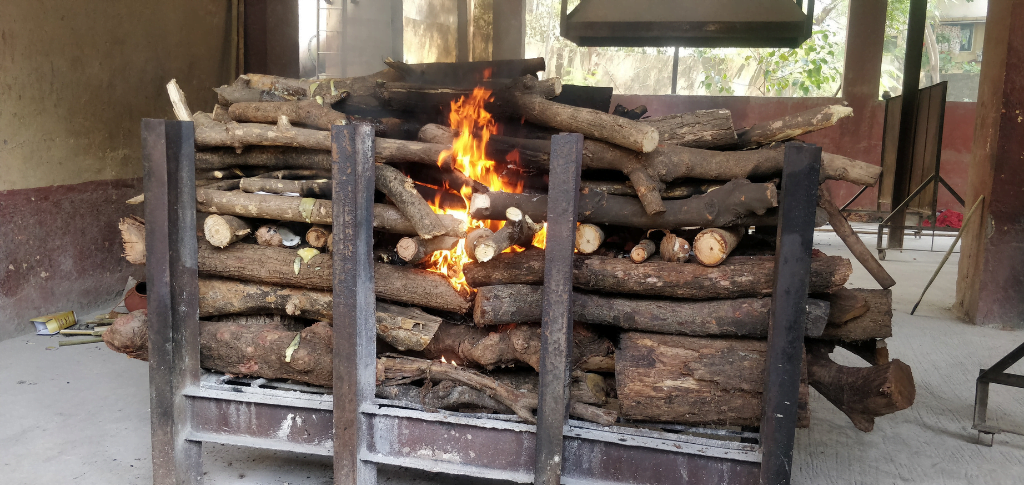As society becomes increasingly aware of its environmental impact, more people are seeking eco-friendly alternatives in various aspects of their lives, including end-of-life choices. Traditional cremation, while often seen as a less land-intensive option compared to burials, still carries a significant environmental footprint. This blog explores the importance of choosing environmentally friendly solutions during cremations and the benefits they offer to our planet and future generations.
The Environmental Impact of Traditional Cremation
Traditional cremation involves burning a body at high temperatures, typically between 1,400 and 1,800 degrees Fahrenheit, using fossil fuels. This process can take up to two hours and releases several pollutants into the atmosphere, including:
- Carbon Dioxide (CO2): Each cremation can produce approximately 534 pounds of CO2, contributing to greenhouse gas emissions and global warming.
- Mercury: Dental amalgam fillings contain mercury, which vaporizes during cremation and can harm air quality and aquatic life when it settles into water bodies.
- Particulate Matter: The burning process releases fine particles that can contribute to air pollution and respiratory issues.
Eco-Friendly Alternatives to Traditional Cremation
To mitigate these environmental impacts, several greener alternatives to traditional cremation have emerged:
1. Resomation (Alkaline Hydrolysis)
Also known as water cremation, resomation uses a solution of water and potassium hydroxide to break down the body at high pressure and temperature. This method significantly reduces carbon emissions and does not release harmful pollutants like mercury.
- Lower Carbon Footprint: Resomation produces about one-third of the carbon emissions compared to traditional cremation.
- No Harmful Emissions: This process eliminates the release of mercury and other harmful pollutants.
2. Bio Cremation
Bio cremation uses a similar approach to resomation but incorporates additional biodegradable chemicals to accelerate the decomposition process. The resulting liquid is sterile and can be safely disposed of or used as a nutrient-rich fertilizer.
- Environmentally Safe: Bio cremation results in a smaller carbon footprint and produces a nutrient-rich byproduct.
- Sustainable Disposal: The sterile liquid can be used for land applications, promoting ecological balance.
3. Natural Cremation
Natural cremation involves using sustainable and biodegradable materials throughout the cremation process, from eco-friendly caskets to minimalistic services that reduce resource use.
- Eco-Friendly Materials: Utilizing biodegradable caskets and shrouds reduces the environmental impact.
- Minimal Resource Use: Simplified services focus on reducing energy consumption and resource waste.
The Benefits of Choosing Green Cremation Options
Opting for environmentally friendly cremation solutions offers numerous benefits, both for the environment and society:
1. Reduced Carbon Emissions
By choosing eco-friendly cremation methods, we can significantly lower the carbon footprint associated with traditional cremations. This contributes to the global effort to combat climate change and reduce greenhouse gas emissions.
2. Improved Air and Water Quality
Eco-friendly cremation options prevent the release of harmful pollutants like mercury and particulate matter into the atmosphere. This leads to better air quality and reduces the risk of water contamination, promoting overall environmental health.
3. Sustainable Land Use
Green cremation solutions often require less energy and space compared to traditional burials and cremations. This helps conserve land and resources, making it a more sustainable choice for future generations.
4. Respect for Nature
Choosing environmentally friendly cremation options aligns with a broader respect for nature and the planet. It reflects a commitment to leaving a positive legacy and minimizing one’s environmental impact even in death.
Conclusion
As we strive to make more environmentally conscious decisions in our lives, it’s essential to extend this consideration to our end-of-life choices. Choosing environmentally friendly cremation solutions offers a meaningful way to honor our loved ones while protecting the planet. By reducing carbon emissions, preventing pollution, and promoting sustainable land use, green cremation options provide a responsible and respectful approach to saying goodbye. Let’s embrace these eco-friendly alternatives and contribute to a healthier, more sustainable future for all.



